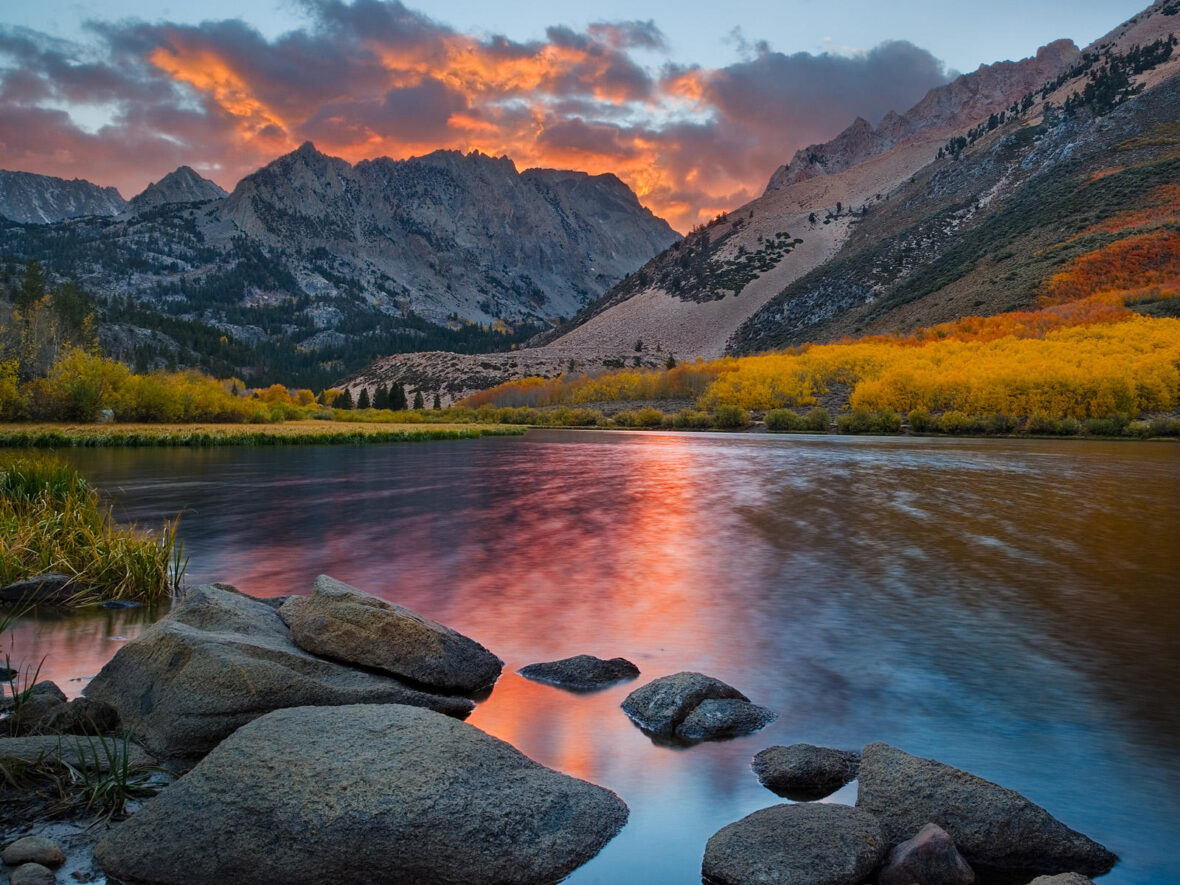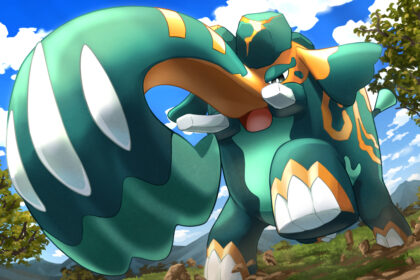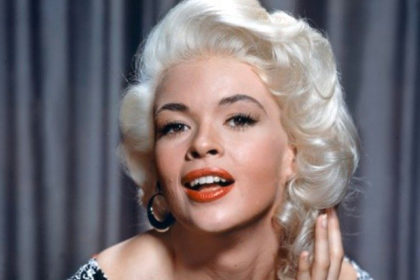Bishop (formerly Bishop Creek) is a city in California, United States. Take a look below for 20 fascinating and fun facts about Bishop, California, United States.
1. It is the largest populated place and only incorporated city in Inyo County.
2. Bishop is located near the northern end of the Owens Valley, at an elevation of 4,150 feet (1,260 m).
3. The city was named after Bishop Creek, flowing out of the Sierra Nevada; the creek was named after Samuel Addison Bishop, a settler in the Owens Valley.
4. Bishop is a commercial and residential center, while many vacation destinations and tourist attractions in the Sierra Nevada are located nearby.
5. The population of the city was 3,879 at the 2010 Census, up from 3,575 at the 2000 Census.
6. The population of the built-up zone containing Bishop is much larger; more than 14,500 people live in a compact area that includes Bishop, West Bishop, Dixon Lane-Meadow Creek, and the Bishop Paiute Reservation.
7. It is by far the largest settlement in Inyo County.
8. A number of western films were shot in Bishop, including movies starring John Wayne, Charlton Heston and Joel McCrea.
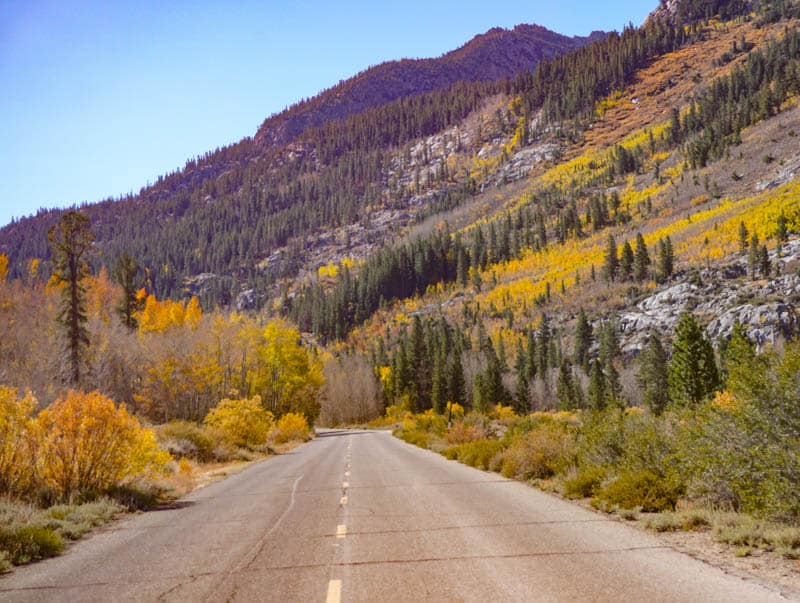
9. The Bishop Creek post office operated from 1870 to 1889 and from 1935 to 1938.
10. The first Bishop post office opened in 1889.
11. In order to support the growth aspirations of the City of Los Angeles, water was diverted from the Owens River into the Los Angeles Aqueduct in 1913.
12. From the 1910s to 1930s, the Los Angeles Department of Water and Power purchased much of the valley for water rights and control. The result was substantial change to the Owens Valley culture and environment. The economy of Bishop suffered when farmers sold their land.
13. Jack Foley, a Bishop resident and sound effects specialist, mitigated the economic loss by persuading several Los Angeles studio bosses that the town of Bishop would be ideal as a location to shoot westerns.
14. The City of Bishop was named for one of the first European settlers in the area, Samuel A. Bishop. Owens Lake was named for Richard Owens, a member of John C. Fremont’s 1845 exploration party which included Kit Carson and Ed Kern.
15. Later the entire valley became known as The Owens Valley (see First Settlers below). The Paiute Indians called Owens Lake by the name of “Pacheta” and the Owens River “Wakopee.” Geographically, Inyo County is today the second largest county in California with a population of slightly over 18,000 residents.
16. The county is so big that several eastern states put together would fit neatly within its boundaries. Inyo County contains both the highest and lowest points in the contiguous United States; Mt. Whitney, 14,496 feet above sea level, and Badwater in Death Valley, 282 feet below sea level. The “Inyo” in Inyo County is commonly believed to be a Paiute word meaning “dwelling place of the great spirit,” although some scholars are now convinced that it is a mistranslation of the word Indio, which is Spanish for Indian.
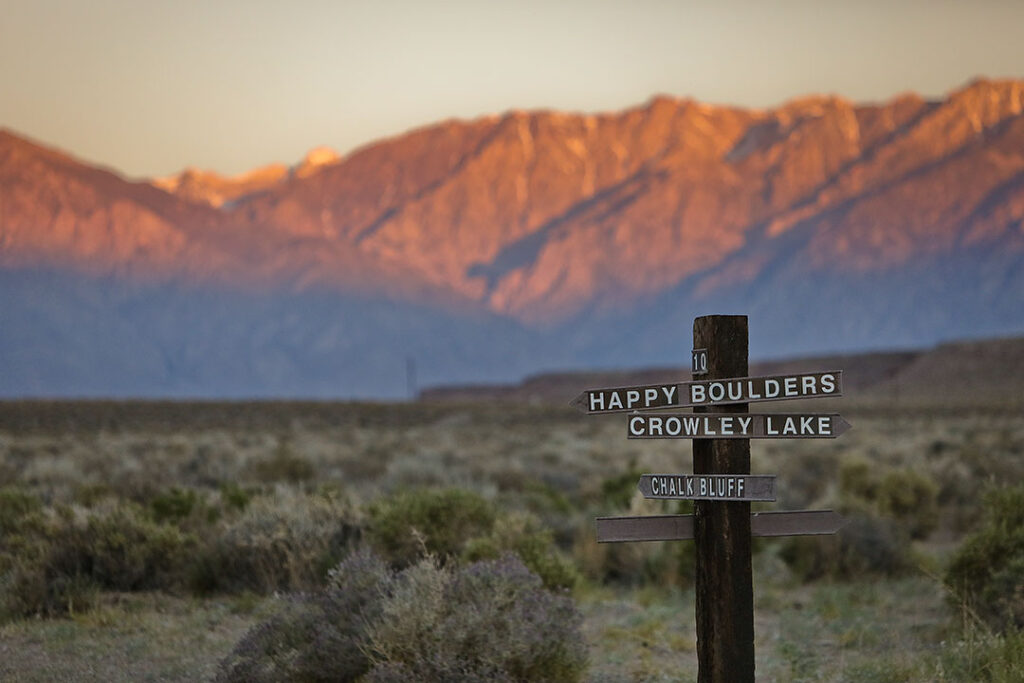
17. It is possible that the Paiute were trying to explain to the earliest English speaking settlers in the Owens Valley that this was their land by using a form of “Indio” they had learned from other Indian tribes, who in turn, had learned it from the Spanish or Mexicans, not realizing that not all Europeans spoke the same language. Thus Inyo may actually mean “Indian Land.”
18. Between 1905 and 1907 most of the land in the Owens Valley was purchased from farmers and ranchers at bargain prices by William Mulholland, superintendent of the Water Department for the City of Los Angeles under the guise of a local irrigation project. Their real goal was to send Owens Valley water south to Los Angeles. By the time the now famous Los Angeles Aqueduct was completed in 1913, it was too late for valley residents to take any action.
19. The aqueduct, 223 miles long, used no pumping stations and only gravity siphons to send water from the Owens Valley to Southern California. The City of Los Angeles receives 70% of its water from the Owens Valley and the Eastern High Sierra. With the diversion of water to Los Angeles, the Owens Lake and lower Owens River dried up and many valley residents were forced to pack up and leave the area forever.
20. For a number of years, Owens Valley residents expressed much animosity toward the City of Los Angeles as can be seen in Dry Ditches, a little book of poems published in 1934 by the Parcher family of Bishop. The Owens Valley-City of Los Angeles conflict was the inspiration of the 1974 film Chinatown, starring Jack Nicholson.

